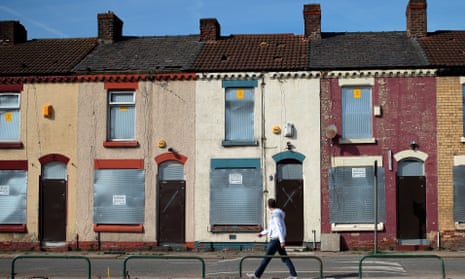For John*, having his own front door has made a world of difference. When our researchers met him, he had finally found a rented home after being homeless for more than five years. Now he is being supported in his own home by local homeless services. John first became homeless after his landlord sold the house where he was living. Suffering with depression and alcohol dependency, he became homeless and ended up living in a local shelter.
He admits that drinking was part of the problem, causing a string of evictions from hostels, yet moving between hostels only made matters worse. “It’s run totally wrong,” he says. “I just went around the hostels for about five or six years.”
Jeff had a job and family responsibilities, but a series of family illnesses, deaths and relationship problems led to a mental breakdown. He quit his job and was sectioned, at which point, he says, things went downhill. He spent time in prison, where he became addicted to heroin, and when he came out he ended up on the streets. Some 15 years later, Jeff is still homeless.
He likes the idea of having his own place but admits he’ll need support to make it work. “Without the support you’re a deer in the headlights – you’re just going to get knocked down.” Stories like these make it clear that services are often failing the most vulnerable homeless people. Supporting such people to go into a home of their own as quickly as possible and providing regular, personal help can make an enormous difference to their lives.
It’s this principle that lies at the heart of “housing first”, an approach used in countries such as Finland and Denmark. Housing first uses ordinary housing, such as private rented or social rented flats, and is designed to get the most vulnerable homeless people into stable homes as quickly as possible and to provide the tailored support they need in their own home.
Our study of services in the Liverpool city region tells us that the system isn’t set up to help people like John and Jeff. They often struggle with the rules and conditions in hostels and need greater levels of support.
It sounds obvious, but for these people, the stability and security of their own front door can be a life-changing first step towards recovery. It’s about treating people with dignity and respect, and offering them some sense of control over their lives. This approach works – it’s been used successfully in Finland, the US, Denmark, France and Canada, and our study shows it could be more than five times as effective and nearly five times more cost-effective than existing services for this group.
These findings have major national implications. The government has committed to piloting such an approach as part of its manifesto, but now is the time for it to put its money where its mouth is.
*Names have been changed.
Matt Downie is director of policy and external affairs at Crisis.
Sign up for your free Guardian Housing network newsletter with comment and sector views sent direct to you on the last Friday of the month. Follow us:@GuardianHousing
Looking for a housing job, or need to recruit housing staff? Take a look at Guardian Jobs.
